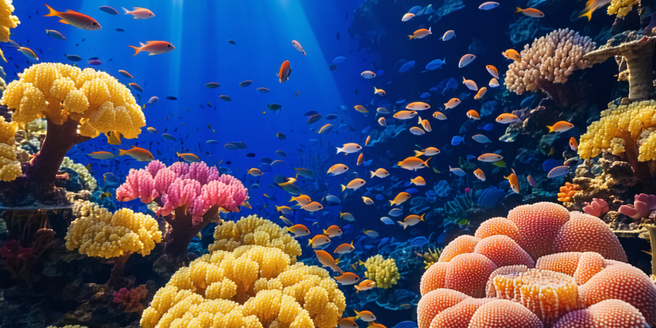
Understanding Aquatic Ecosystems and Their Importance
Aquatic ecosystems encompass diverse habitats such as rivers, lakes, wetlands, and oceans that are vital for supporting life. They provide numerous services, including water filtration, carbon sequestration, and serving as breeding grounds for many species. Aquatic ecosystems are interconnected with terrestrial ecosystems, underpinning global biodiversity. They contribute to the economy through fisheries and tourism, while also playing a crucial role in climate regulation. Healthy aquatic ecosystems are essential for clean drinking water and food security. However, these ecosystems face challenges like pollution, climate change, and habitat destruction. Protecting their health ensures the survival of countless species and maintains the essential services they provide. Public awareness and education are key to understanding their importance in our daily lives.
The Impact of Development on Aquatic Environments
Development activities, such as urban expansion, agriculture, and industrialization, often negatively impact aquatic environments. Increased runoff from impervious surfaces leads to pollution in surrounding water bodies, affecting water quality and biodiversity. Construction near water bodies can result in habitat destruction, harming species reliant on these natural areas. Furthermore, industrial discharges and agricultural runoff introduce toxins and nutrients into waterways, leading to issues like algal blooms and fish kills. The sedimentation from construction activities also degrades aquatic habitats. As populations grow, the demand for natural resources rises, putting further strain on these ecosystems. Sustainable development practices, including proper waste management and buffer zones, are necessary to mitigate these impacts and protect aquatic environments.
Strategies for Sustainable Development Near Water Bodies
Implementing sustainable development practices near water bodies is crucial in preserving aquatic ecosystems. One strategy involves creating buffer zones, which are vegetated areas surrounding water bodies that can absorb pollutants and prevent erosion. Using green infrastructure, such as permeable pavements and rain gardens, helps manage stormwater runoff and reduce pollution. Additionally, enforcing regulations that limit construction and industrial activities near aquatic habitats ensures minimal disturbance to ecosystems. Encouraging the use of environmentally friendly agricultural practices helps reduce nutrient runoff, protecting water quality. Educating communities about the importance of aquatic ecosystems fosters public support for conservation efforts. Collaborative efforts between governments, businesses, and communities are essential in developing comprehensive plans that balance ecological health with human needs.
Case Studies: Effective Balance of Growth and Ecology
Several case studies highlight successful attempts at balancing development and ecological preservation. In the Chesapeake Bay region, comprehensive watershed management plans have improved water quality and rehabilitated aquatic habitats. Initiatives focusing on reducing nutrient runoff and increasing riparian buffers have shown positive ecological results. Similarly, in Brisbane, Australia, the city’s WaterSmart Strategy has conserved water and improved the ecological health of the Brisbane River through initiatives like rainwater harvesting and water-efficient urban design. The Netherlands showcases effective use of integrated water management approaches in their delta projects, balancing flood protection, economic growth, and ecological sustainability. These cases demonstrate the potential for achieving a harmonious relationship between development and preserving aquatic ecosystems through innovative and adaptive strategies.
Policy Recommendations for Protecting Aquatic Resources
Protecting aquatic resources requires comprehensive policy recommendations that address multiple dimensions of ecosystem health. Governments should strengthen regulations limiting pollutant discharges and enforce stricter penalties for violations. Establishing protected areas ensures crucial habitats remain untouched and biodiversity is conserved. Incentivizing sustainable agricultural practices can reduce nutrient runoff, protecting water quality. Communities must also be encouraged to participate actively in conservation efforts. Enhancing public transportation infrastructure can reduce urban sprawl, decreasing the impact on surrounding aquatic environments. Investing in research and monitoring programs helps track ecosystem changes and inform policy decisions. Collaborative international efforts are necessary to address transboundary water issues, ensuring shared resources are managed sustainably. Public engagement and education campaigns promote stewardship and the long-term conservation of aquatic ecosystems.
